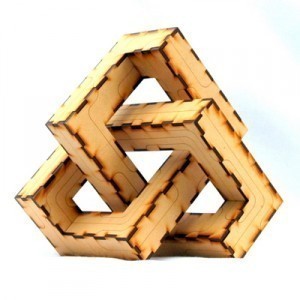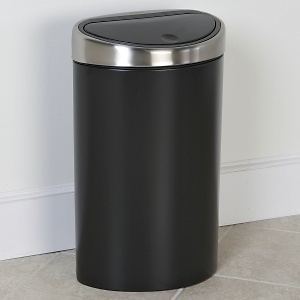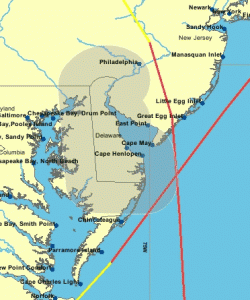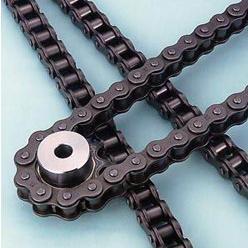Puzzle Size Chart
Playing with puzzles is a favorite pastime not just for young ones but also for grown up individuals. Putting together oddly shaped, small pieces to come up with a beautiful picture has all the allure for a hobby. It is no longer surprising, therefore, that a lot of people from all ages, genders, shapes, and sizes are into it. They are truly exciting to get into and will make you forget how fast time flies.
but also for grown up individuals. Putting together oddly shaped, small pieces to come up with a beautiful picture has all the allure for a hobby. It is no longer surprising, therefore, that a lot of people from all ages, genders, shapes, and sizes are into it. They are truly exciting to get into and will make you forget how fast time flies.
What’s in a Puzzle?
A puzzle is originally just a plain picture whose parts have been ripped apart to form small oddly shaped pieces. The game rolls from the fact that you will need to put together the pieces right to reveal the picture it originally is. In this modern day and time of ours, puzzles are no longer about a plain picture. Some have become very challenging; they now come in spherical jigsaws and pictures that are characterized by an optical illusion.
Puzzles or jigsaw puzzles, as they are more popularly known, have been around since the 1700s. Originally, a picture was painted on a flat surface, usually a piece of wood. When the picture was set, the flat surface was cut with a jigsaw into small pieces. As years went by, puzzles were made on cardboard, which is far more economical.
Puzzle Sizes
Puzzles come in different designs, that’s a given. They come in different pictures that range from cartoon-y or too childish pictures to even serious ones like a historical map.
The notable variations of puzzles are in the size. Amazingly, there is a wide choice for any puzzle enthusiast when it comes to size. The puzzle size chart is not too difficult to memorize because it is mostly about a few standard sizes.
Typically, puzzles come in 300, 500, 750, and 1000 pieces. The biggest puzzle ever made is a 24,000-piece puzzle that, when put together, will be laid in a 428 centimeters by 157 centimeters surface.
Bigger puzzles are naturally more difficult to finish. The 1000-piece variety typically comes in a 38×27 layout while the 500-piece variety comes in a 27×19 layout.
Puzzles made for younger children are naturally less complicated. They are also smaller. There is a different puzzle size chart intended for young ones. A variety of sizes spell the level of difficulty, thus, the age group that is suitable to play with it.
Although they come in many different variations, there is one definite thing about puzzles: they are very enjoyable and very entertaining to play!





